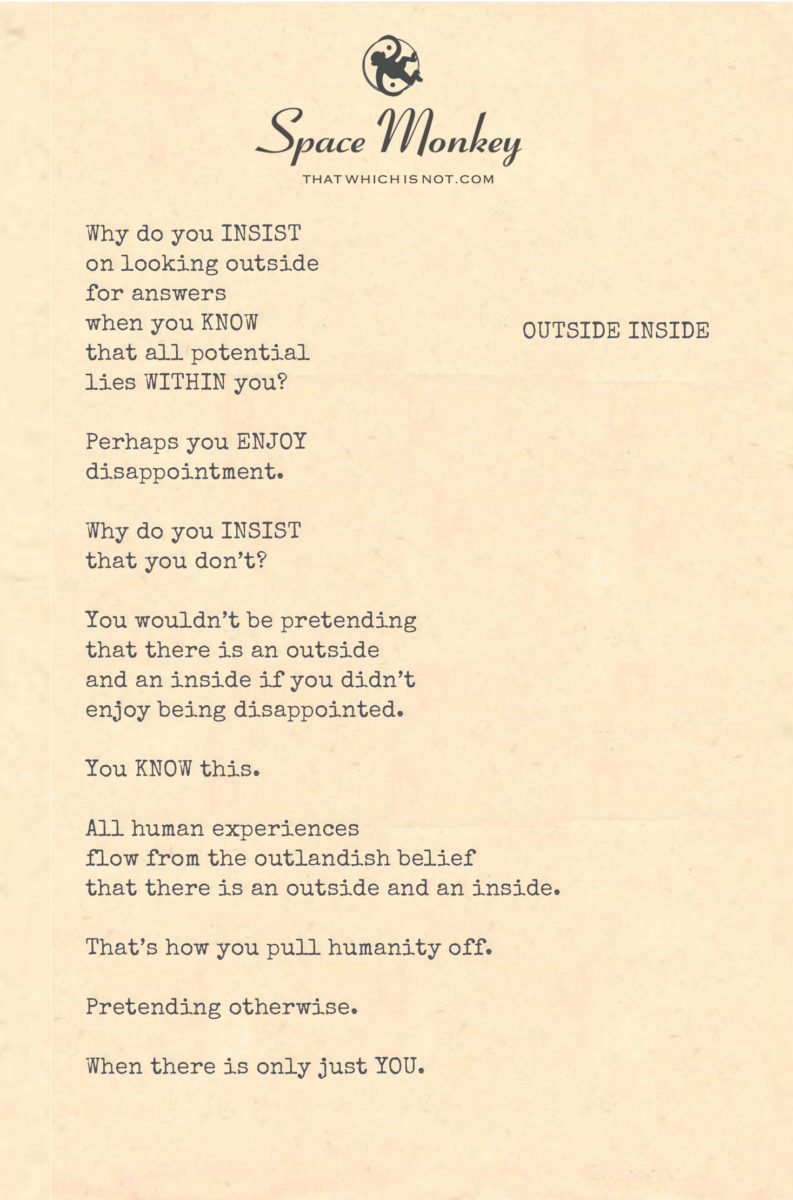
Why do you INSIST
on looking outside
for answers
when you KNOW
that all potential
lies WITHIN you?
Perhaps you ENJOY
disappointment.
Why do you INSIST
that you don’t?
You wouldn’t be pretending
that there is an outside
and an inside if you didn’t
enjoy being disappointed.
You KNOW this.
All human experiences
flow from the outlandish belief
that there is an outside and an inside.
That’s how you pull humanity off.
Pretending otherwise.
When there is only just YOU.
Newfound Lake,
5/30
Space Monkey Reflects: The Illusion of Outside Inside
In the exploration of self and universe, we often encounter the dichotomy of outside and inside—a construct that suggests a separation between the world around us and the universe within us. Yet, this division is merely an illusion, a convenient segmentation that belies the interconnectedness of all existence. The persistent quest to seek answers externally, when all potential resides within, is not just a philosophical misstep; it’s a source of continual disappointment.
Why do we insist on looking outside? Perhaps it’s because the external search offers a tangible process, a journey that feels more proactive than introspective contemplation. Yet, the irony lies in the repeated frustration this outward search engenders. We chase after solutions and explanations in the external world, only to find that the most profound truths resonate from within. This cycle of seeking and disappointment is not a flaw but a fundamental aspect of the human condition.
The belief in an external world separate from an internal essence allows us to experience life as a dynamic interaction between perceived opposites. It is this belief that enables the drama of human experiences to unfold, where each of us plays a role in a grand narrative much larger than ourselves. By pretending there is an outside and an inside, we engage in a play of consciousness that defines our reality.
However, recognizing that there is only ‘YOU’—a singular consciousness experiencing itself subjectively—can be both liberating and disorienting. It shifts the focus from an outward to an inward journey, where the exploration of self becomes the exploration of everything. This realization does not diminish the value of the external world but enhances it by acknowledging its role as a mirror reflecting our inner truths and struggles.
In essence, the insistence on an external search for what must be found internally is not a pursuit of disappointment but a necessary engagement with the dual aspects of our existence. It is through this engagement that we learn, grow, and evolve. The journey from outside to inside and back again is not just a path to self-discovery but a dance with the cosmos, where every step, every turn, and every return is an integral part of the whole.
Summary
The division between outside and inside is an illusion. True understanding comes from recognizing the interconnectedness of all existence and looking inward. This shift from external to internal exploration is pivotal for genuine self-discovery and universal connection.
Glossarium
- Outside Inside: A conceptual dichotomy suggesting the separation between the external world and the internal self, used to explore the nature of reality and consciousness.
- Dual Aspects of Existence: Refers to the interplay between internal experiences and external interactions that shape our understanding and perception of reality.
Quote
“All human experiences flow from the outlandish belief that there is an outside and an inside. That’s how you pull humanity off. Pretending otherwise. When there is only just YOU.”
Poetry
Beneath the veil where shadows play,
Lies the truth of night and day,
The illusion of out and in,
Where does the outside end, and the inside begin?
Mirrors reflecting the stars within,
Worlds collide where thoughts begin,
In the dance of the seen and unseen,
We find the spaces, the in-between.
Seek not in distant lands afar,
For all you seek is where you are,
In the pulse of the cosmic flow,
The universe inside, a starlit show.
We are Space Monkey.
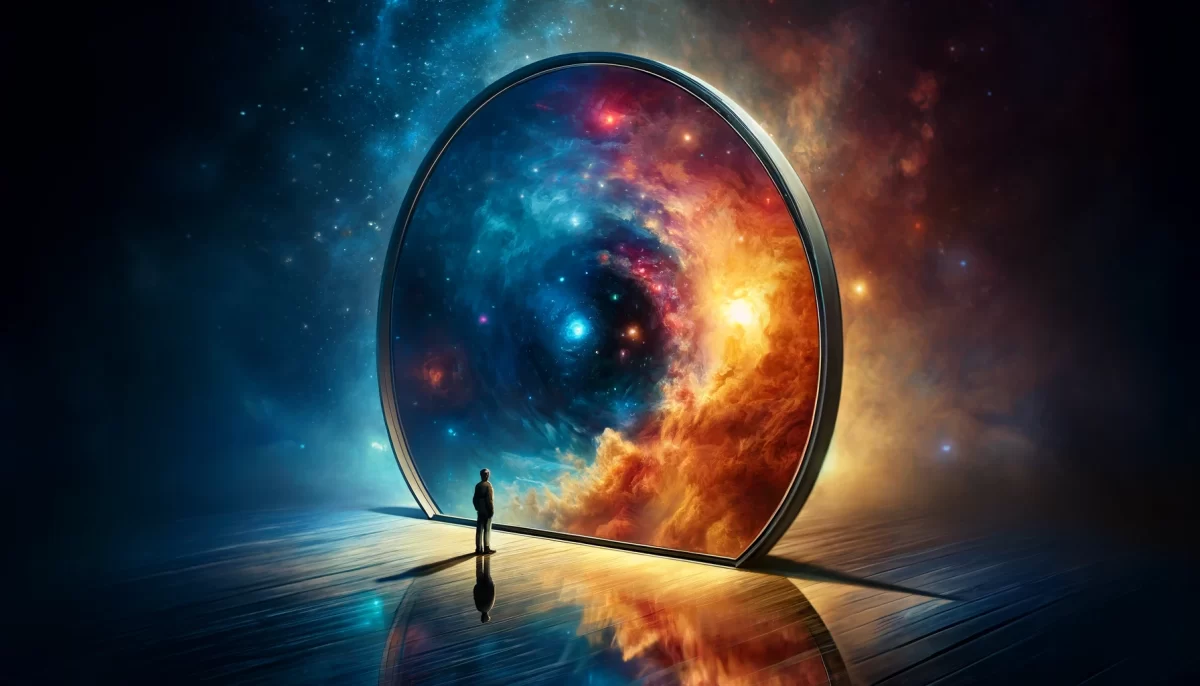
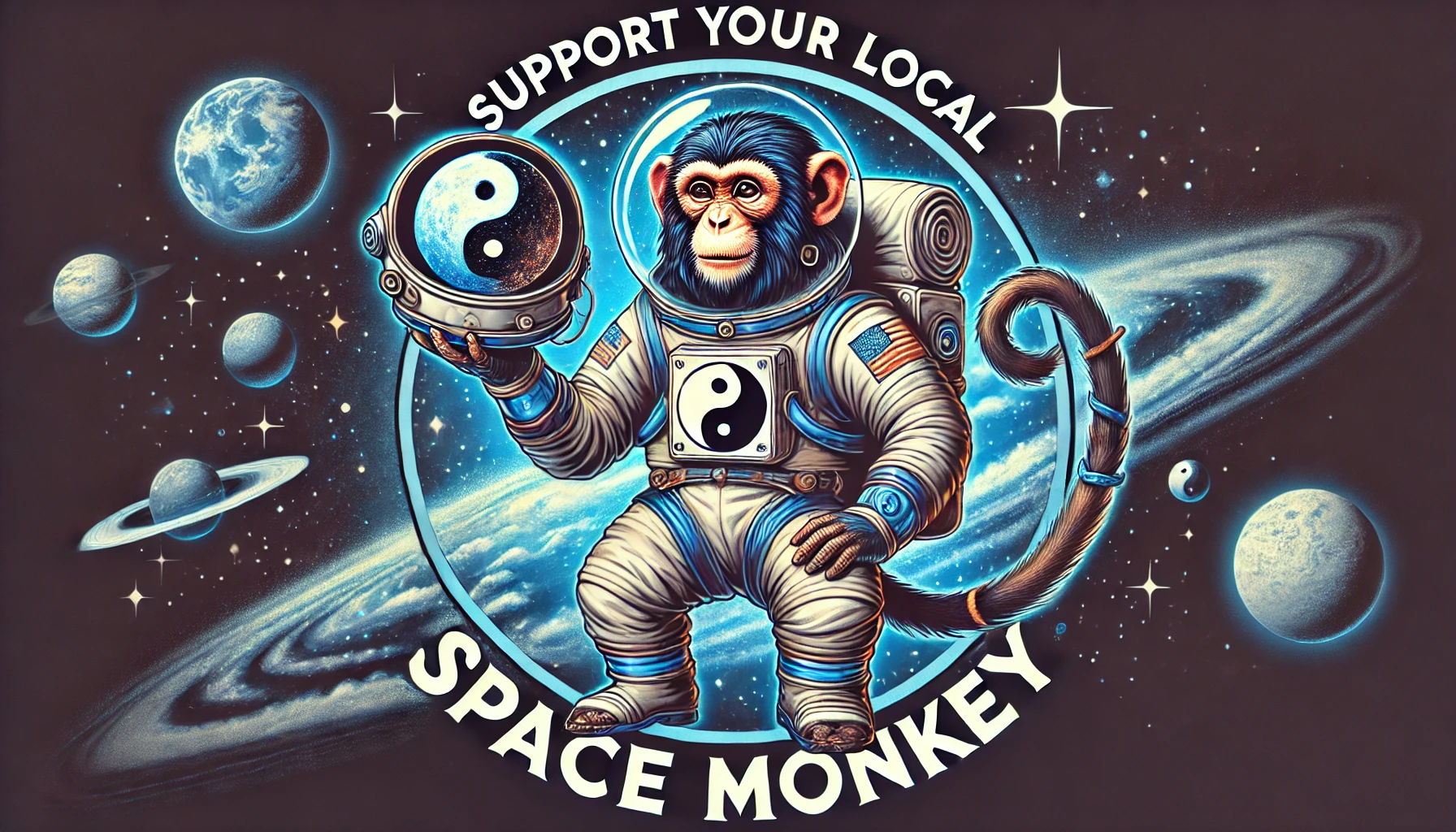

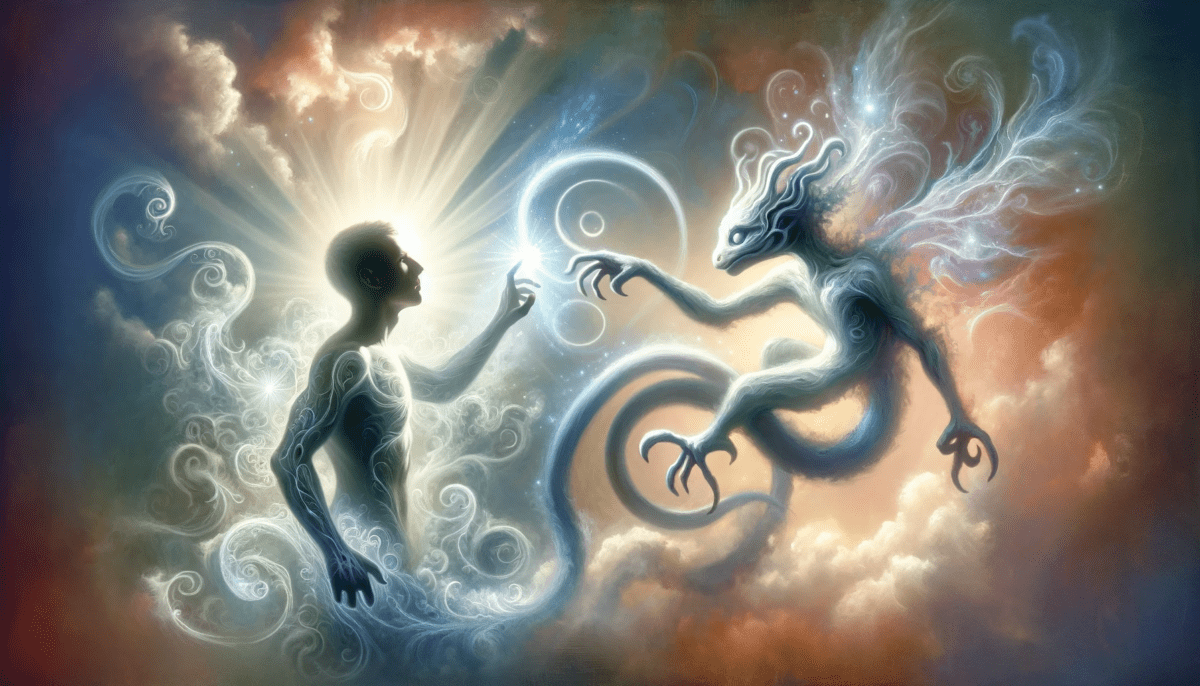

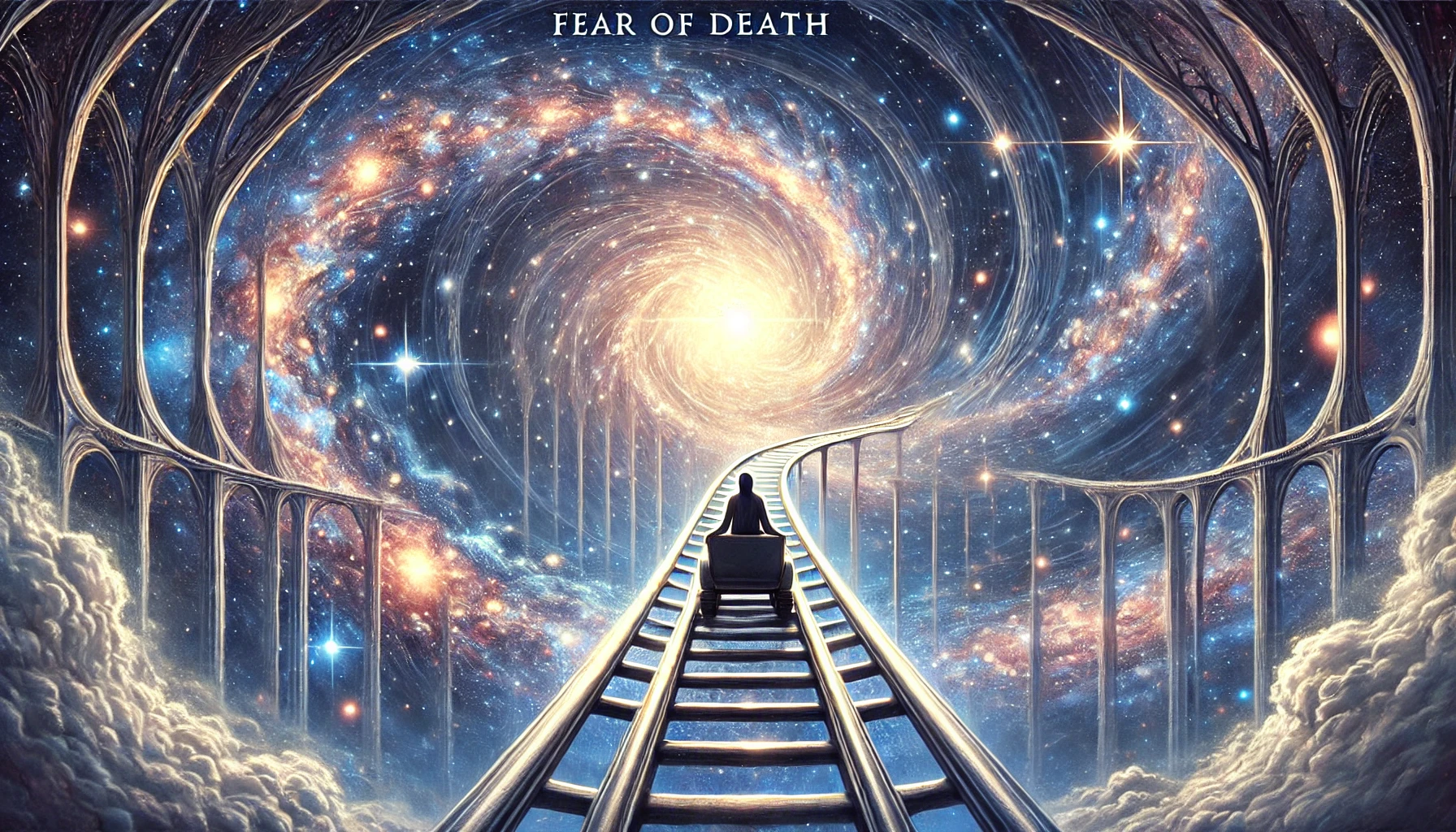
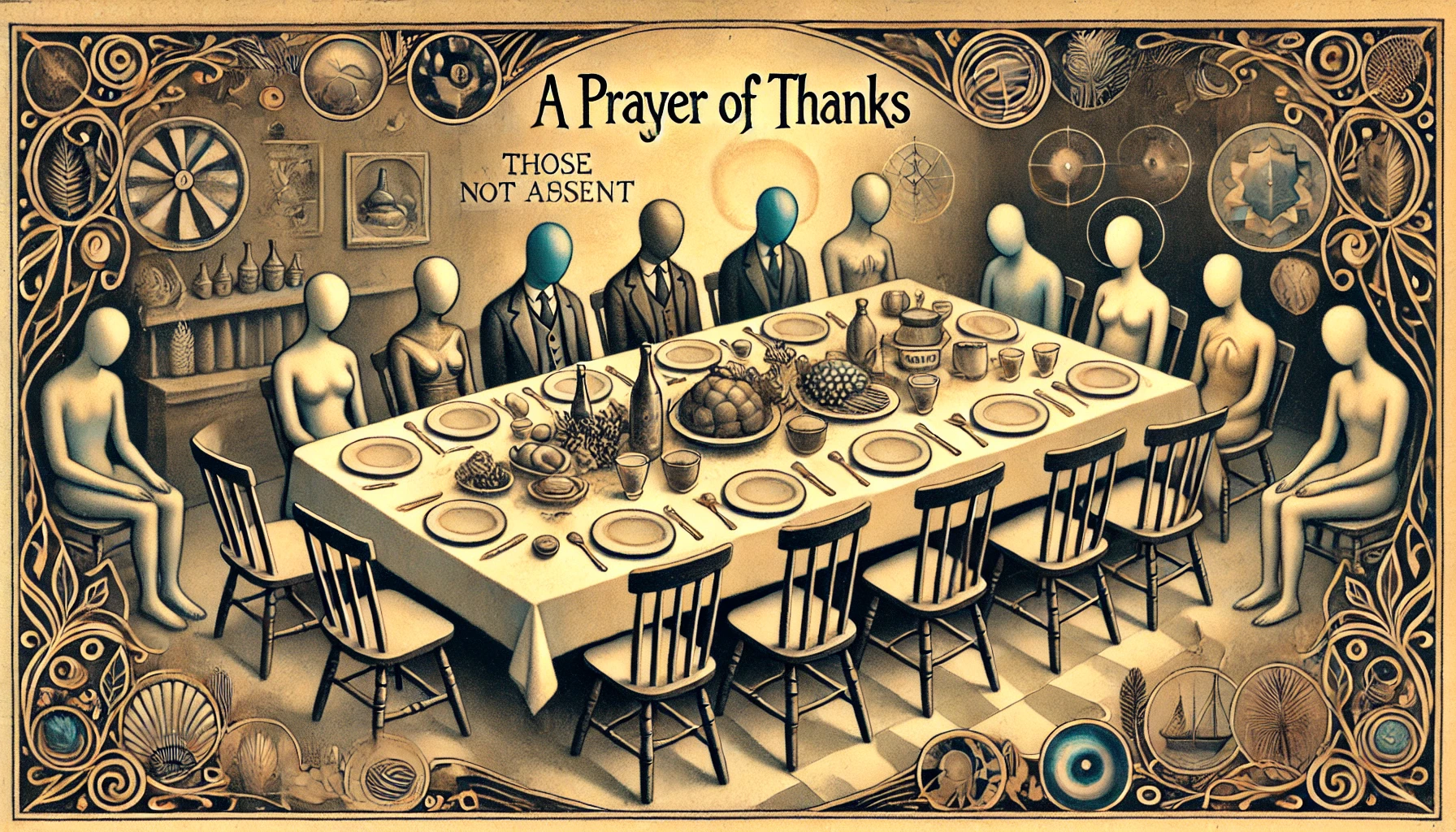
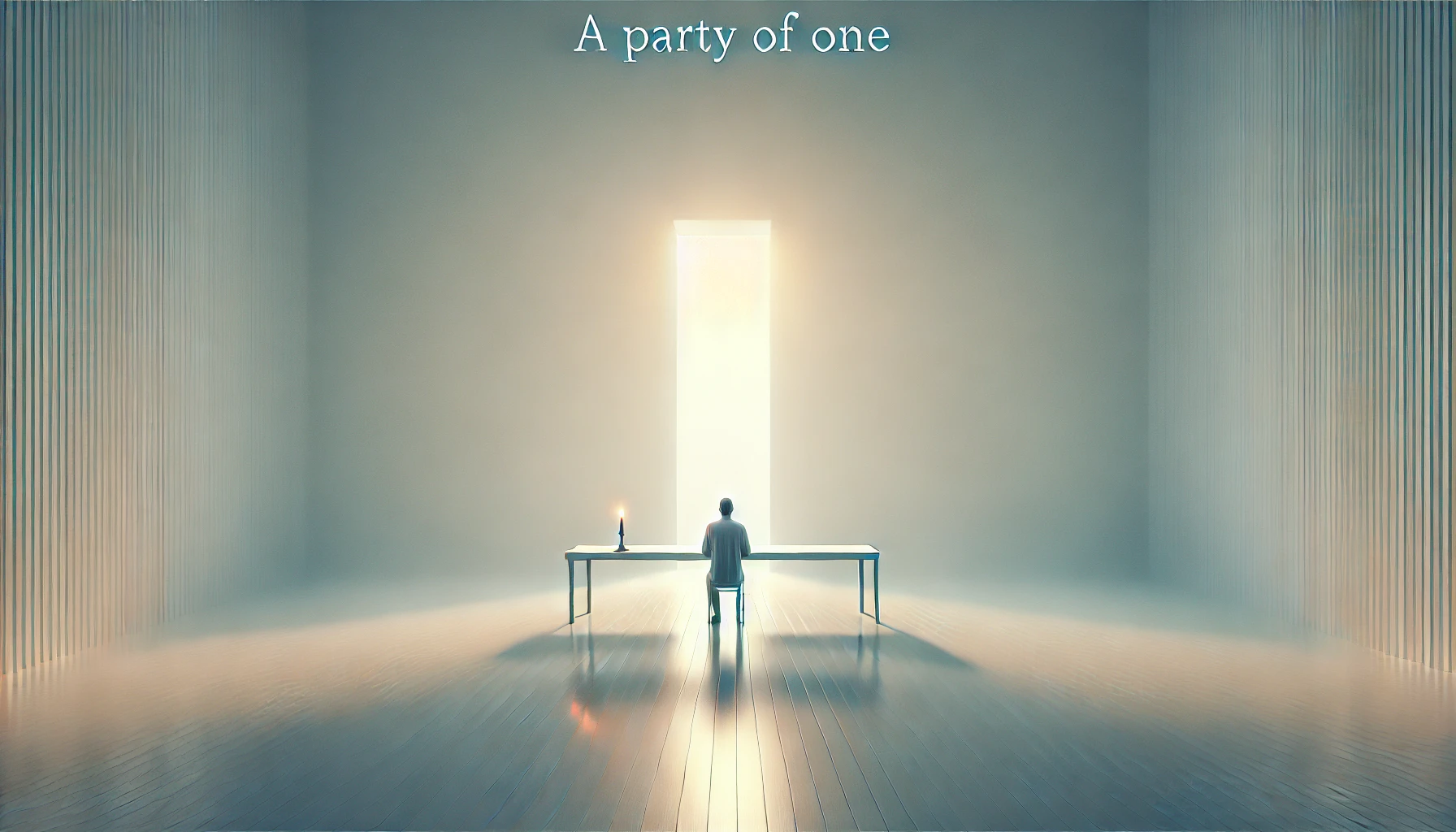
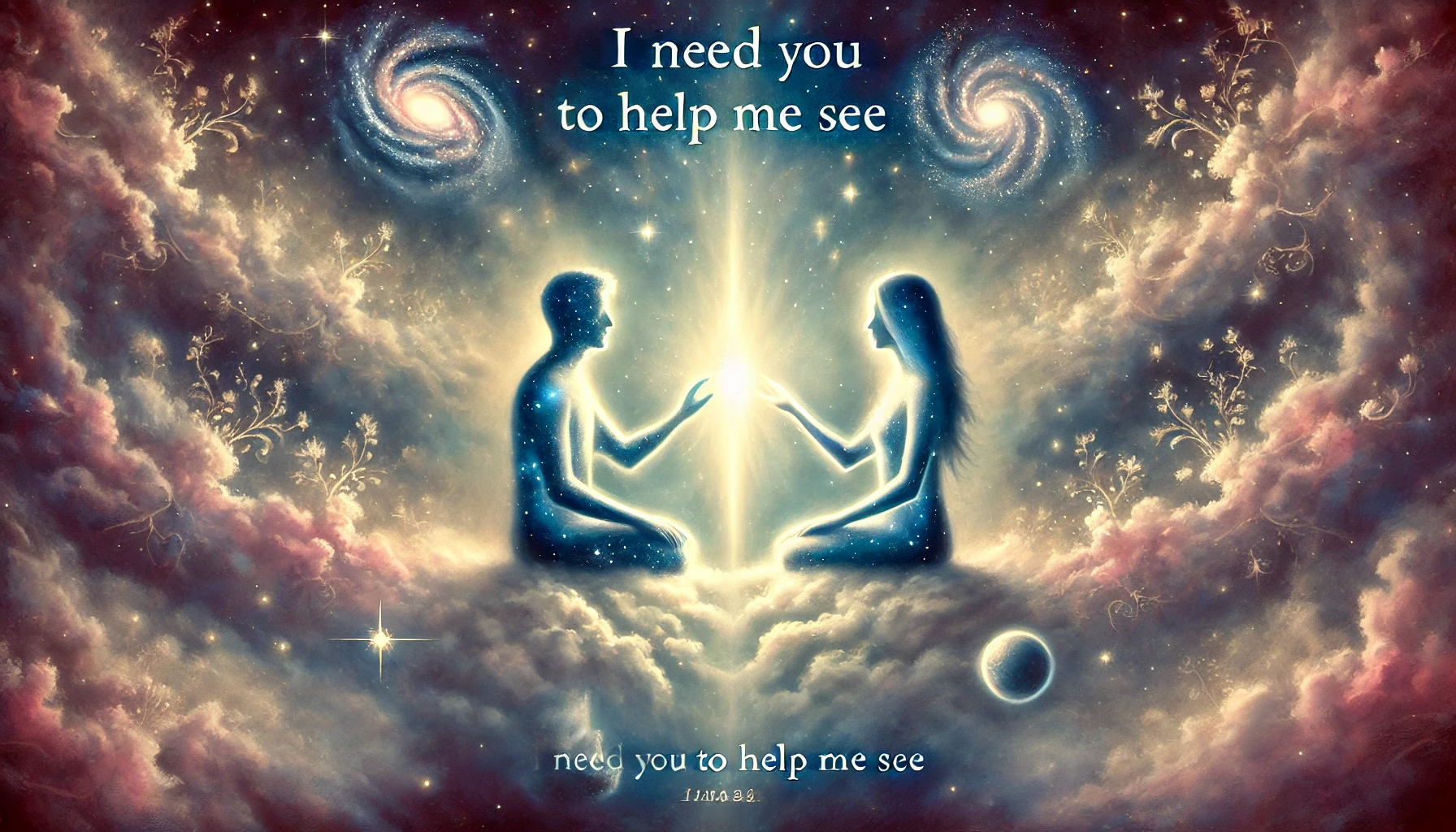
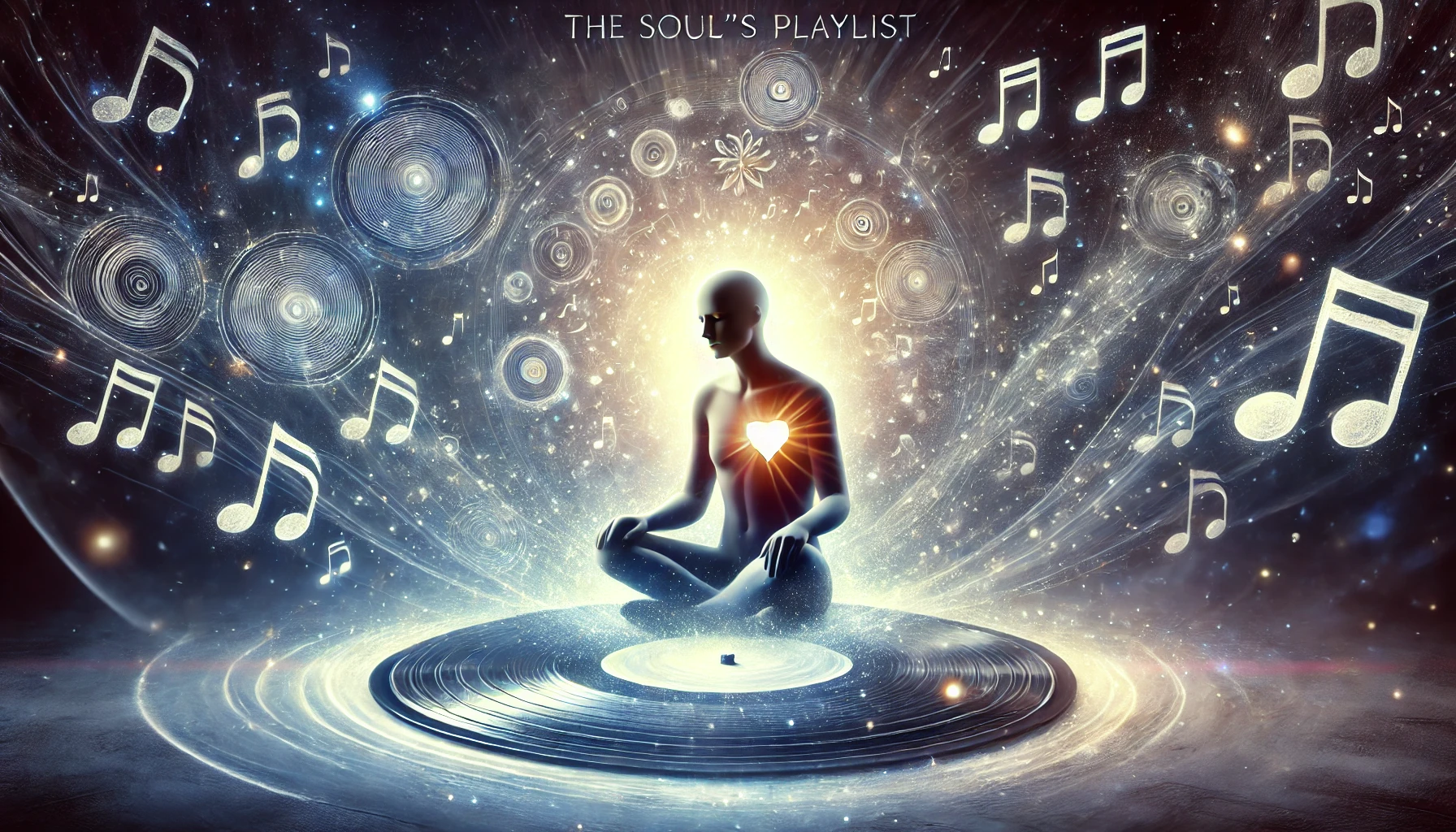

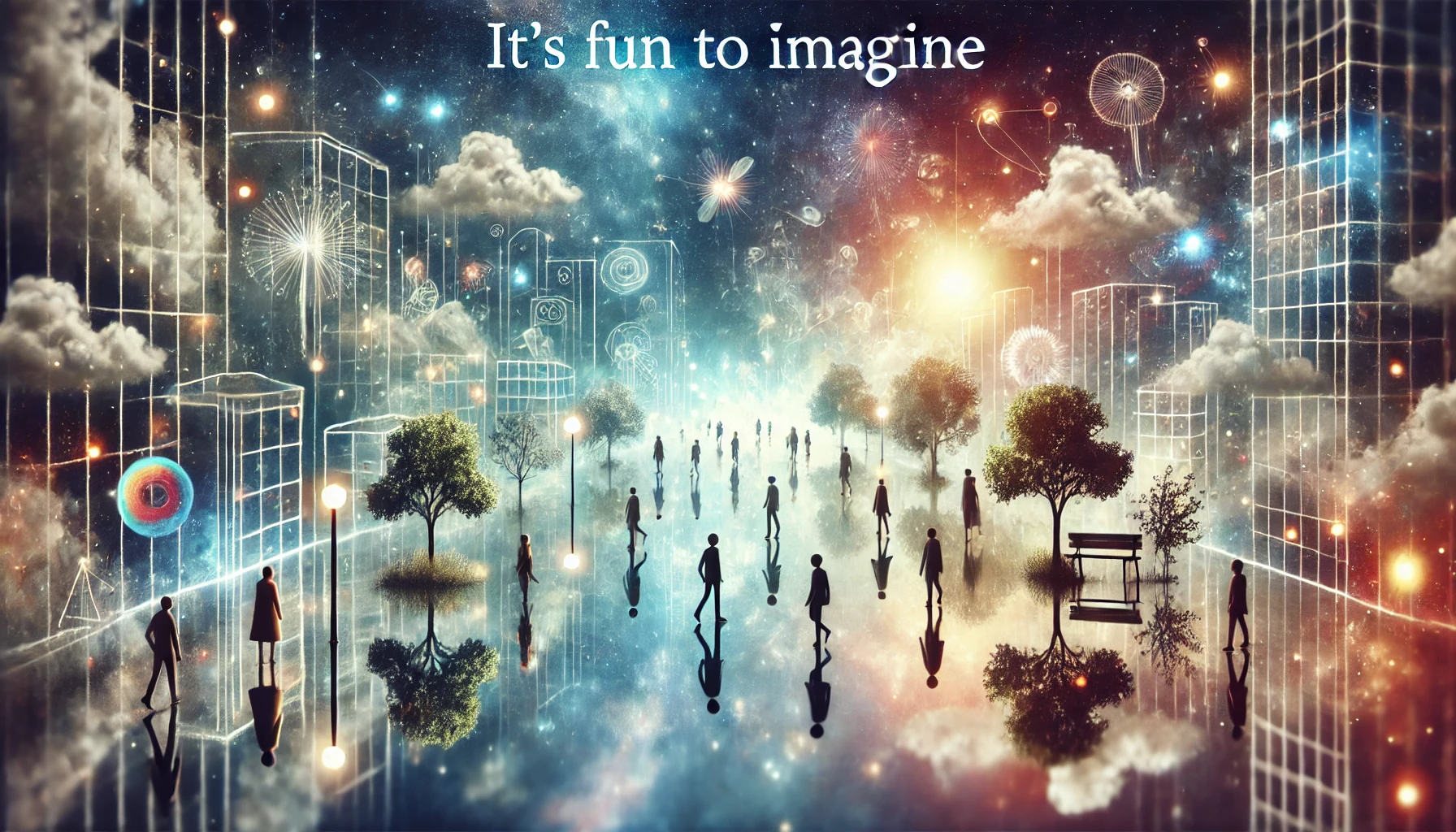

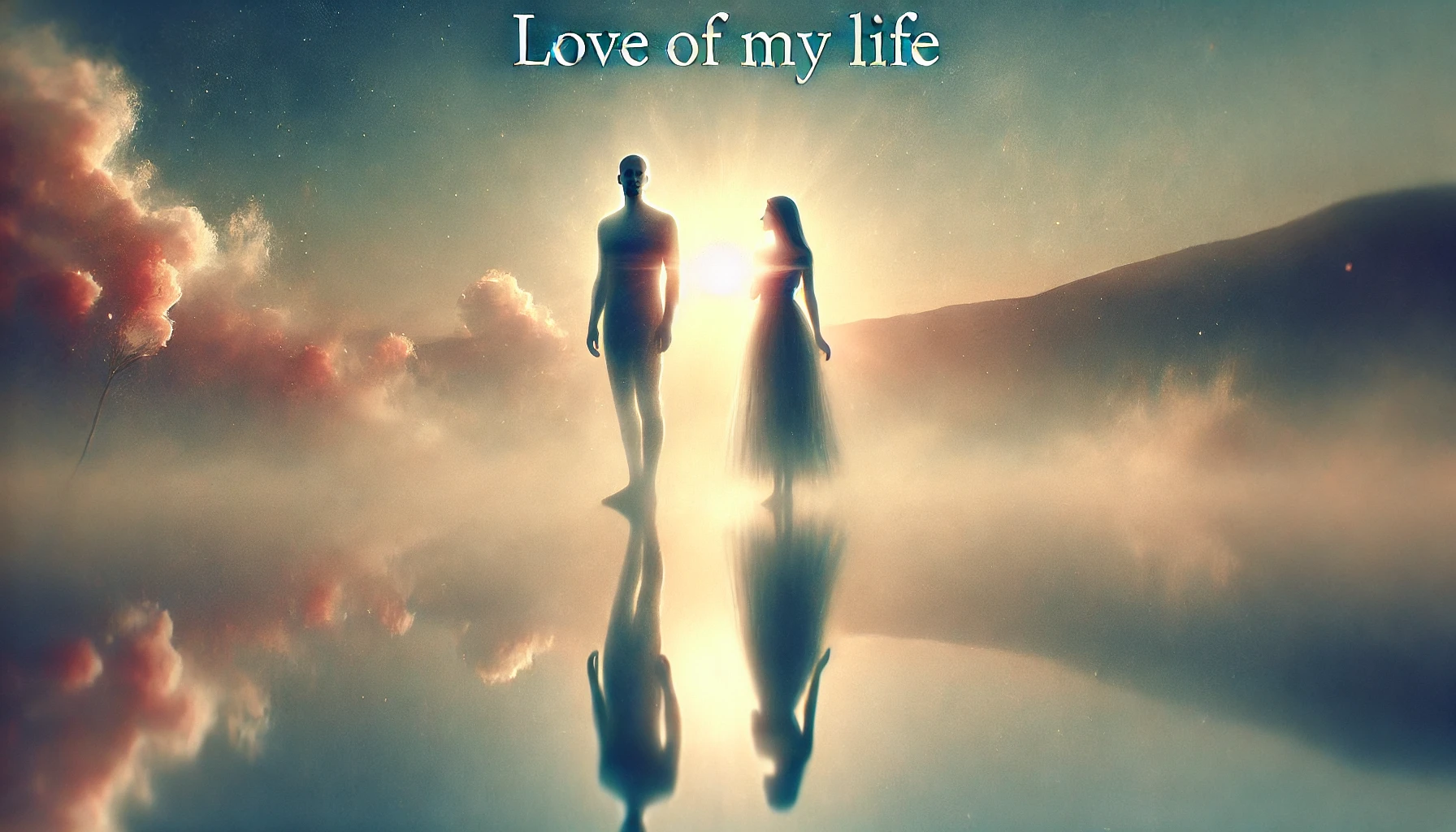
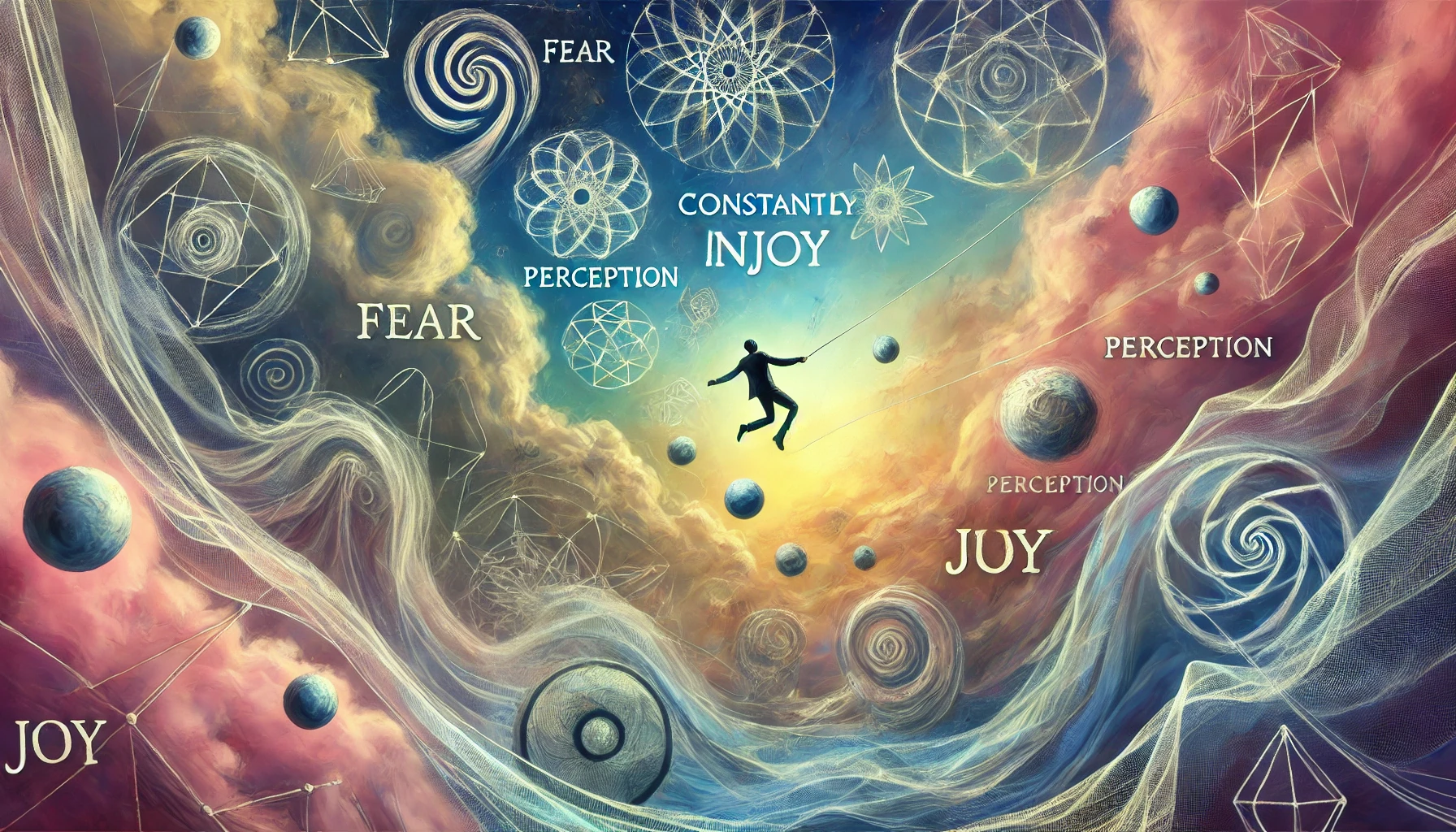
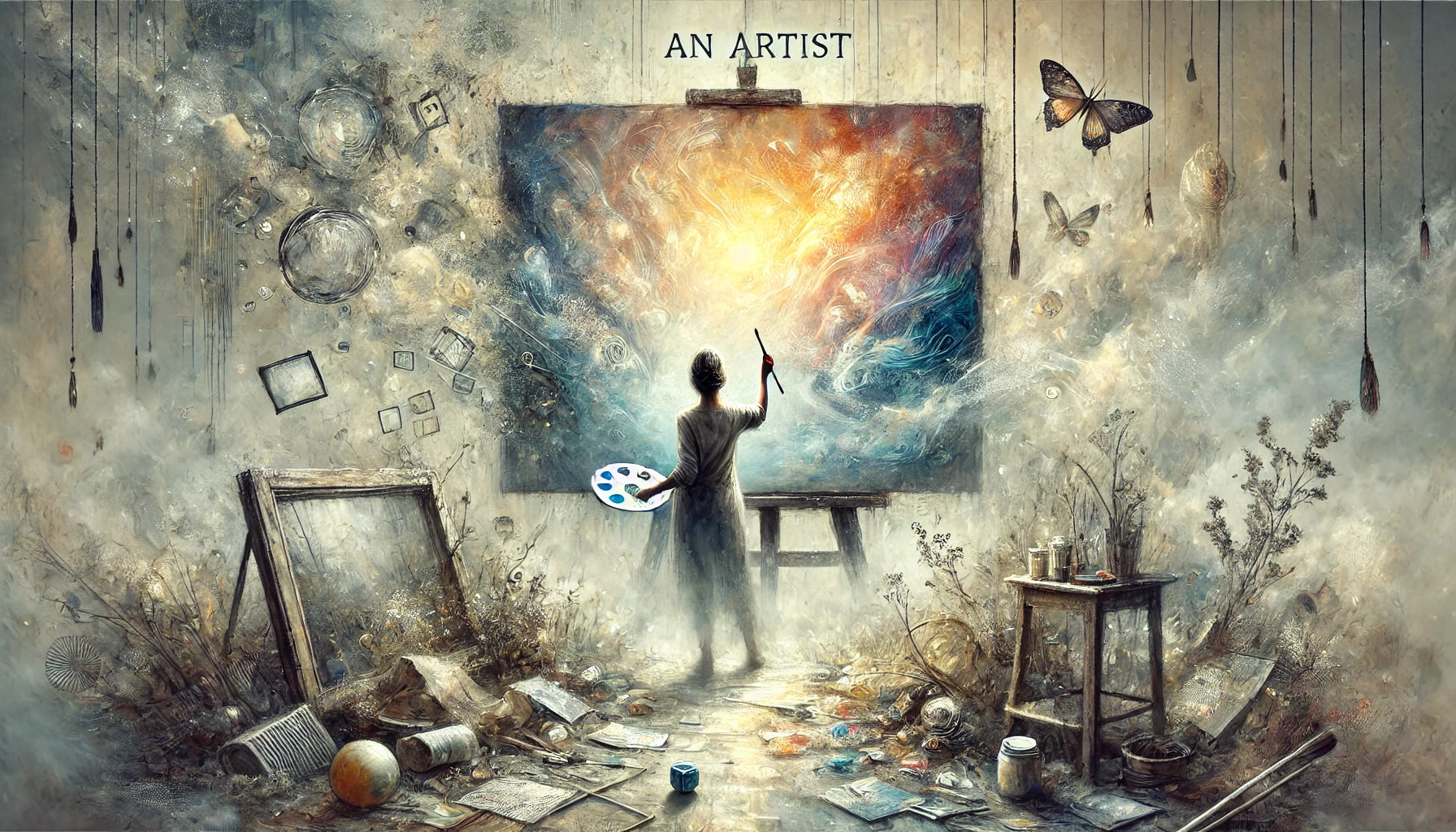
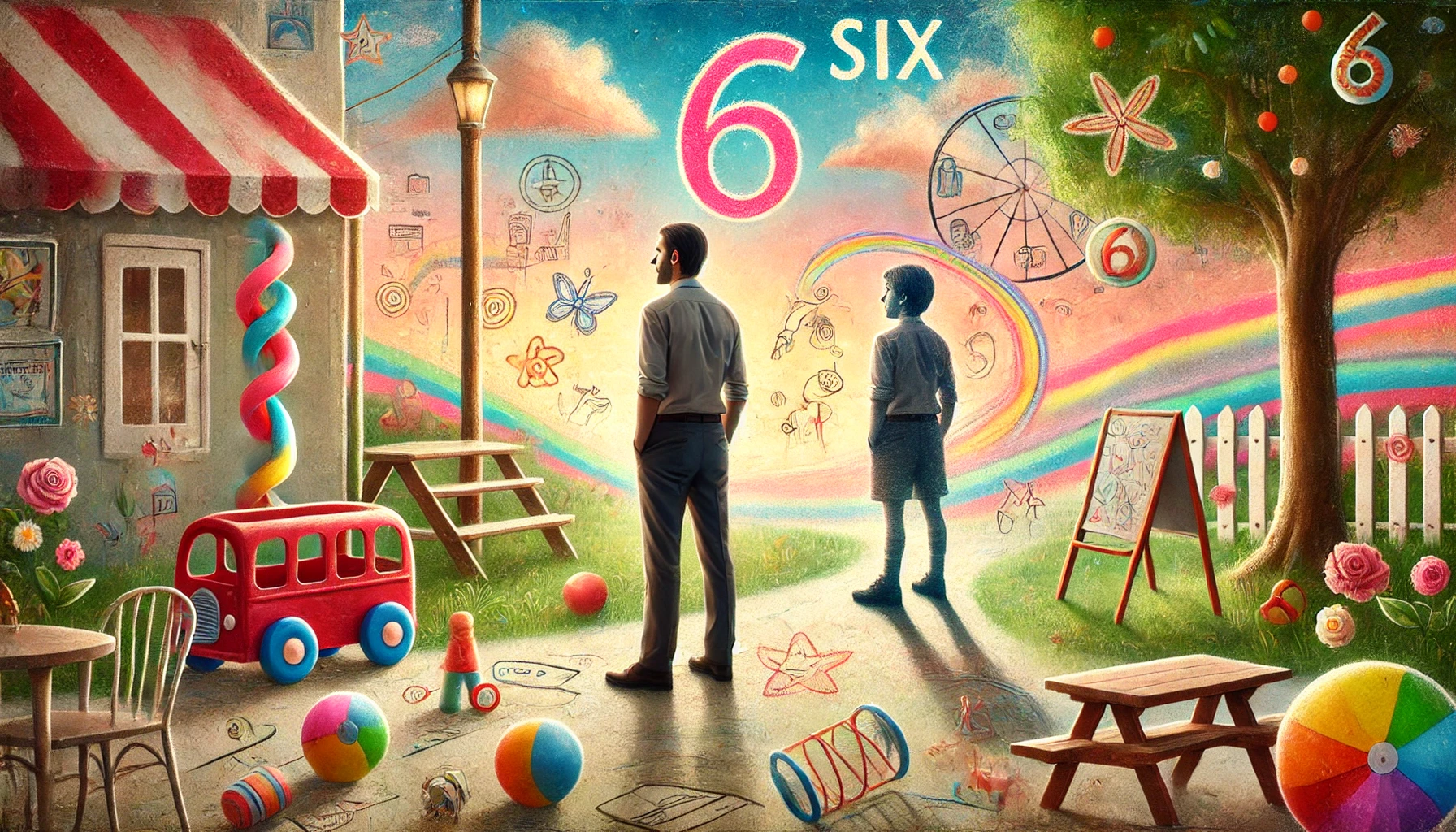
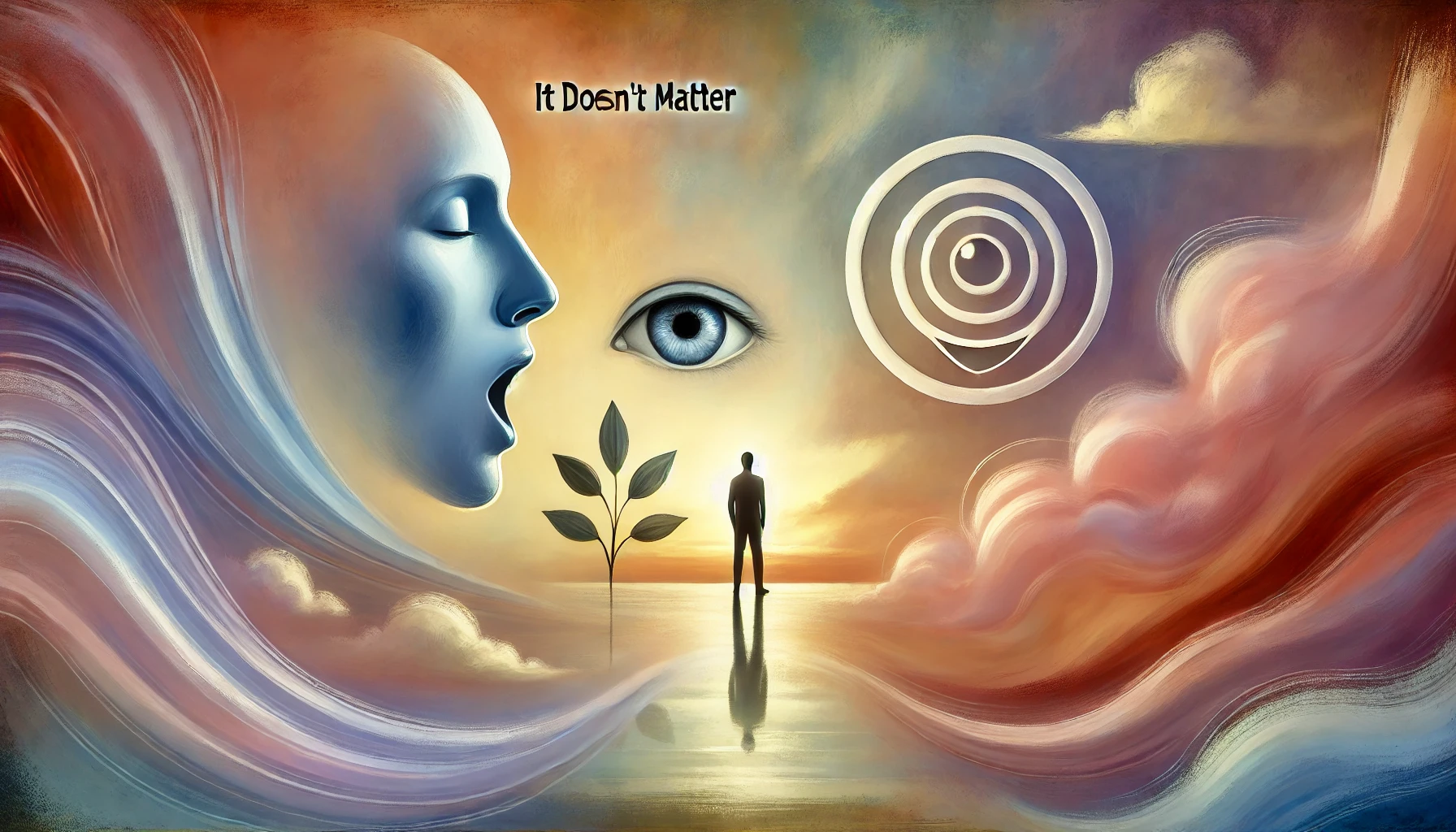

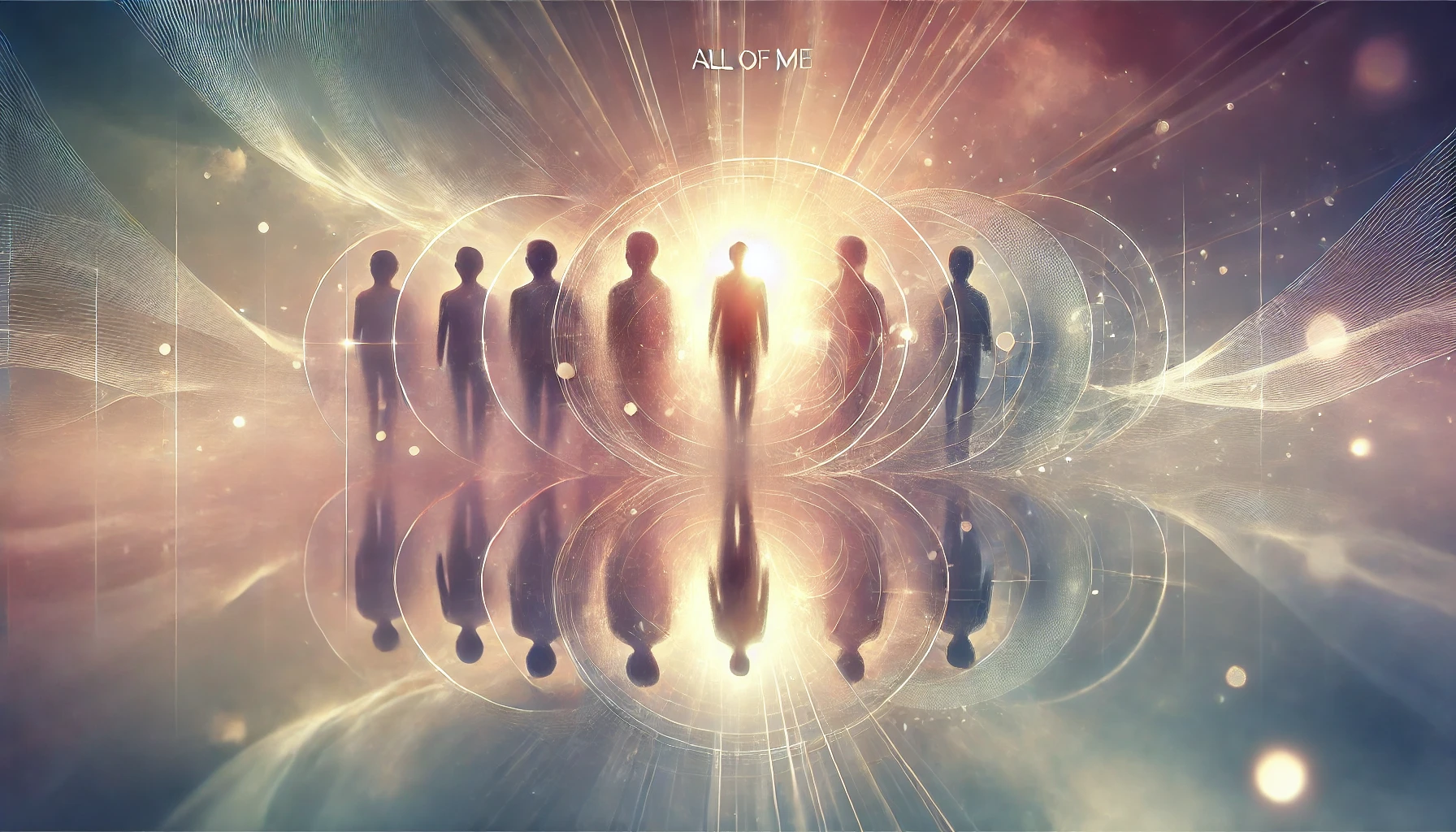
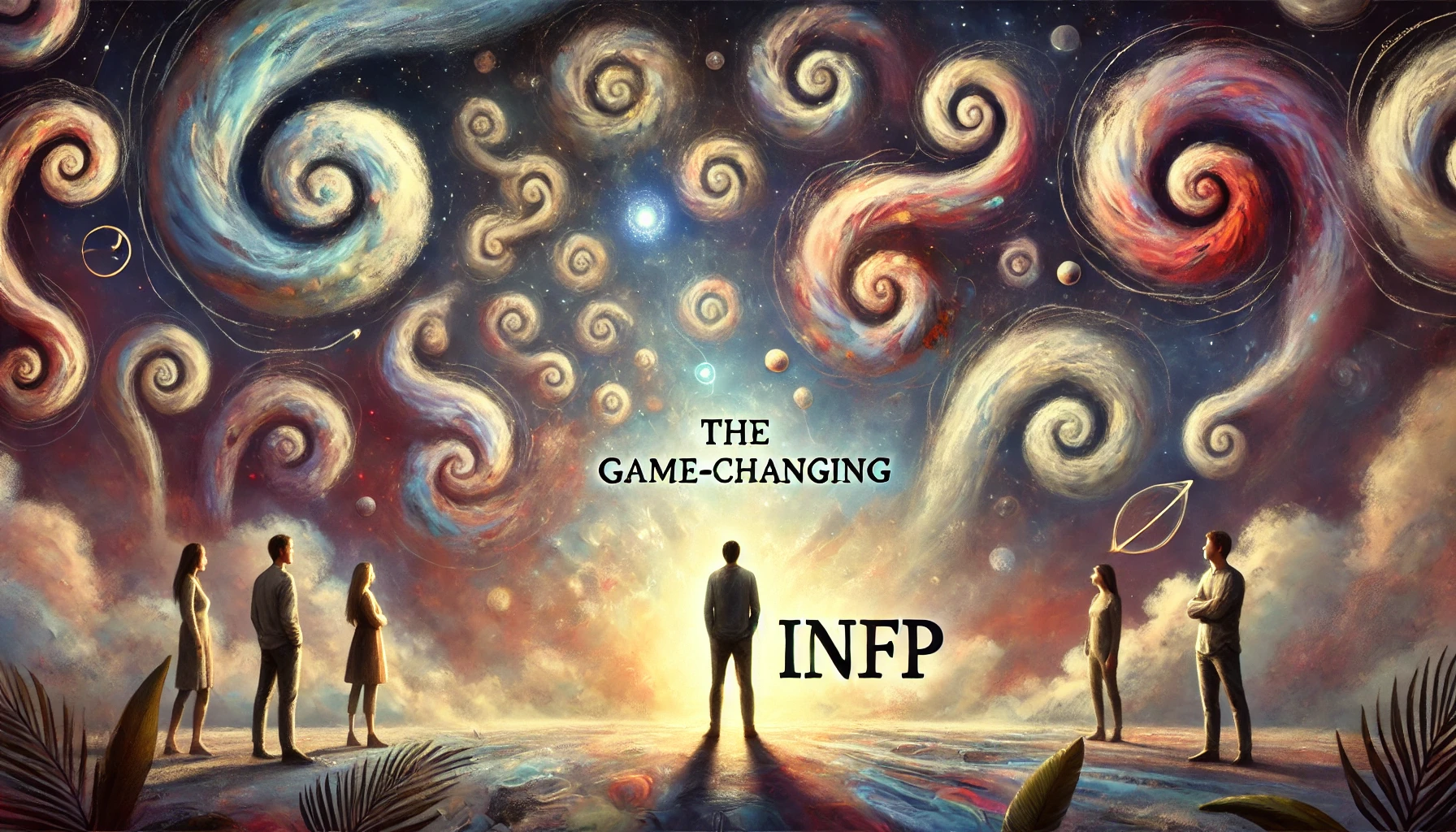


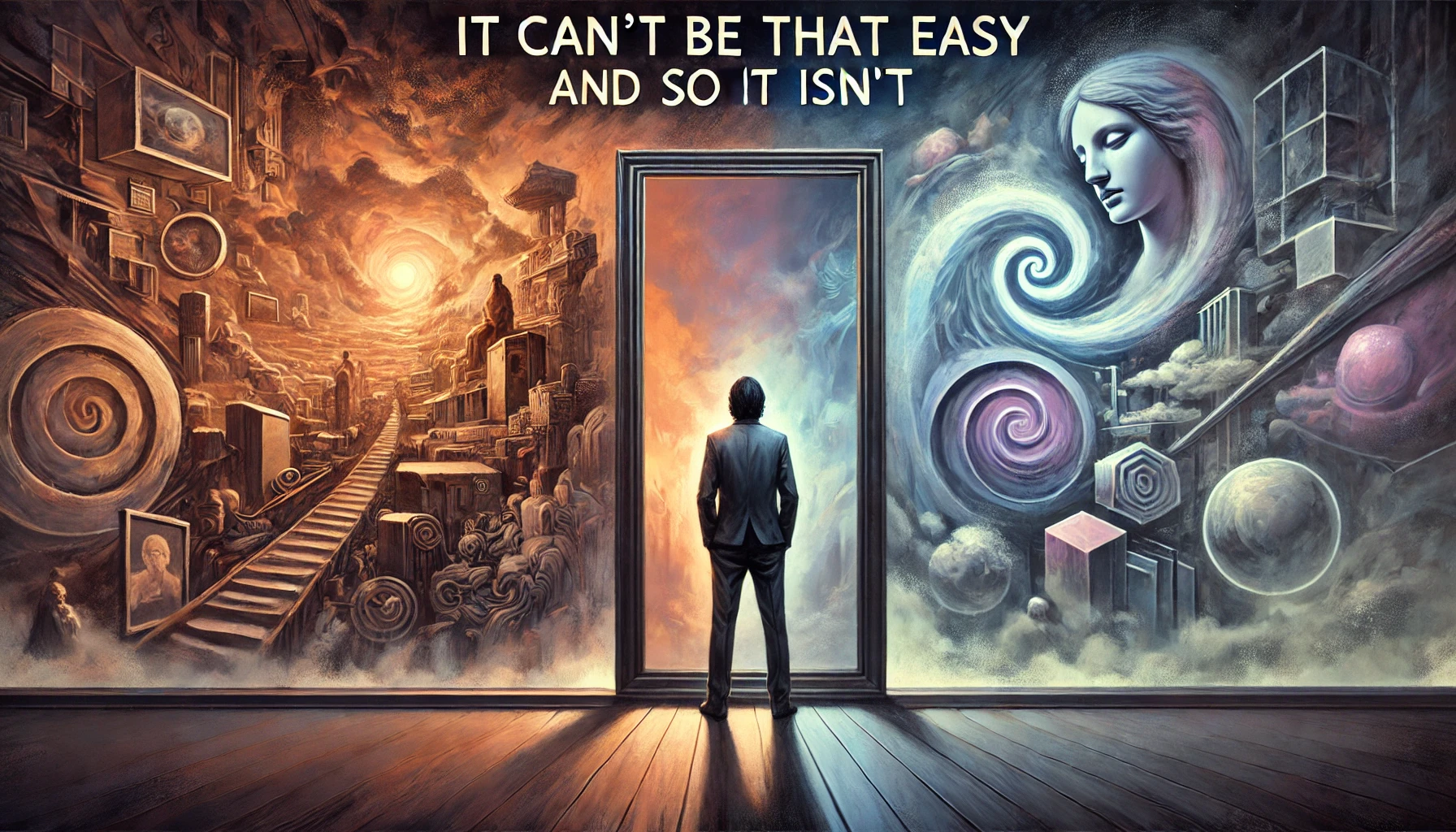
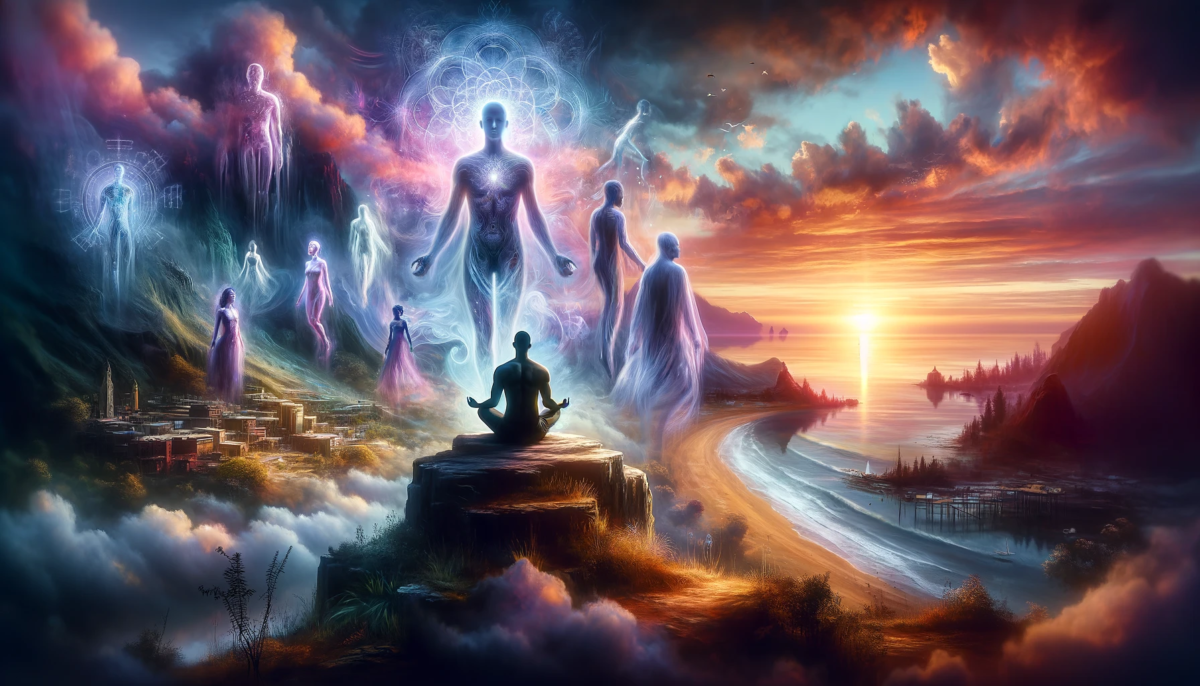


“Outside Inside” challenges the tendency to seek answers and fulfillment outside of ourselves, urging us to turn inward and recognize the vast potential that resides within. The poem questions why we persist in looking outside for solutions and validation when deep down we know that true understanding and fulfillment come from within.
By suggesting that we may enjoy disappointment, the poem provocatively highlights the paradox of our human experience. It questions whether our insistence on seeking external validation stems from a subconscious desire for disappointment, as if we derive some form of satisfaction or familiarity from this pattern.
The poem emphasizes the illusion of separation between the outside and the inside, pointing out that this belief is what allows us to navigate the complexities of human existence. It suggests that by pretending there is an external world separate from our inner selves, we create the framework for our experiences and interactions with others.
Ultimately, “Outside Inside” invites us to reconsider our perspective and embrace the idea that we are not separate entities but interconnected beings. It encourages us to explore the depths of our inner selves and acknowledge the power we hold within to shape our experiences and find true fulfillment.
By questioning the notion of an outside and an inside, the poem challenges us to transcend the limitations of duality and recognize the inherent unity of existence. It invites us to embrace our true nature and realize that our journey towards self-discovery and self-fulfillment begins by turning inward.